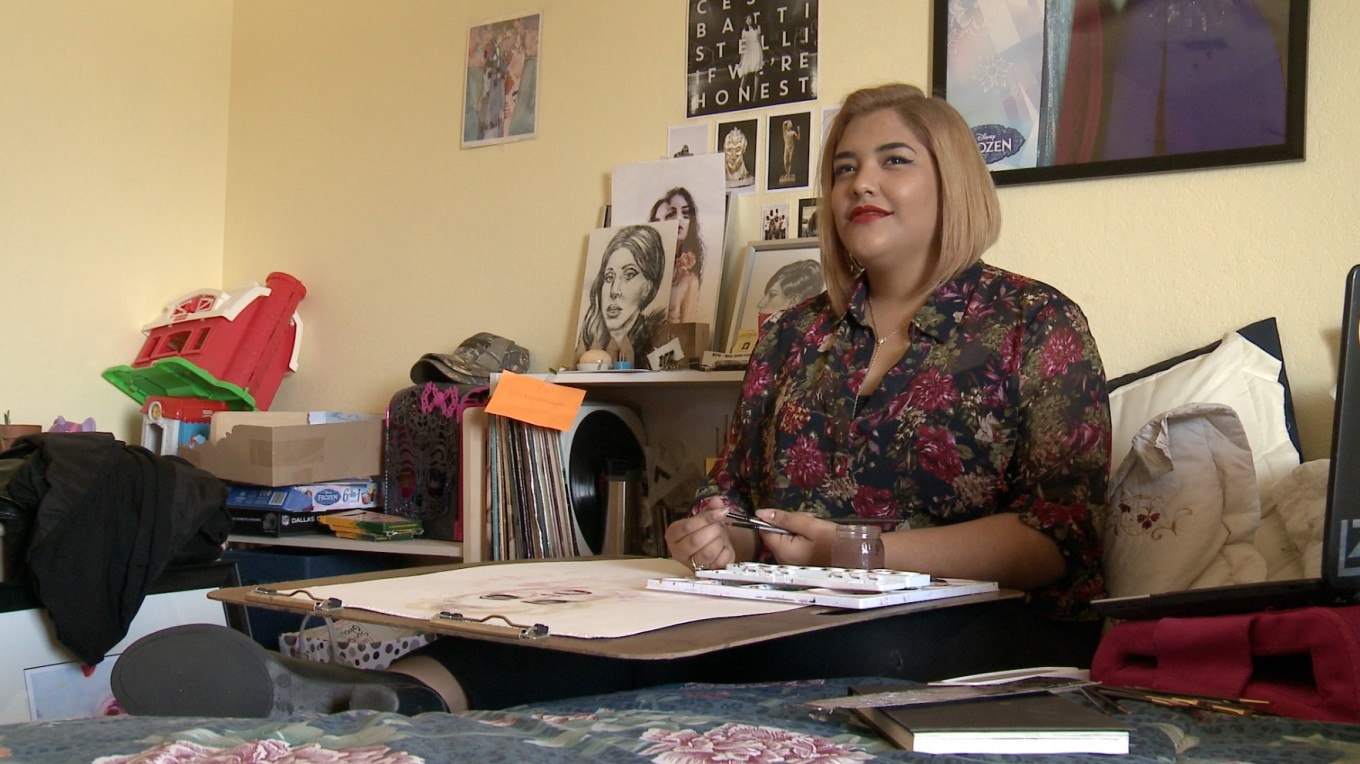 "I always feared that I wasn't going to make it," Jocelyne Garcia said about her cancer diagnosis. Photo/Mark Birnbaum
"I always feared that I wasn't going to make it," Jocelyne Garcia said about her cancer diagnosis. Photo/Mark Birnbaum
Stories Of Survivors Of Childhood Cancer
KERA talked with North Texans who were diagnosed with childhood cancer years, even decades, ago. They survived. Here are their stories.
Cynthia Sekerke
‘I really can’t say I’m sorry it happened.’
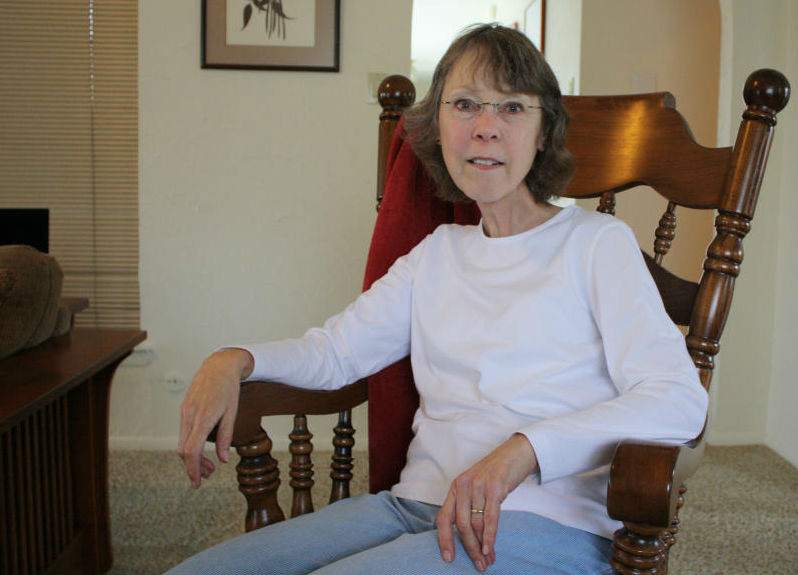
Cynthia Sekerke was a teen when she was diagnosed with Hodgkin’s lymphoma. Years later came breast cancer. Photo/Stephanie Kuo
In 1973, Cynthia Sekerke was 16 when she was diagnosed with Hodgkin’s lymphoma, a cancer that attacks the immune system. There were few treatment options at the time — and even fewer support groups. Sekerke, 58, not only beat Hodgkin’s; she also survived breast cancer three decades later.
The one time I remember being very aware of my mortality — the doctor called my parents and I into an office after diagnosing the Hodgkin’s and gave me a 50-50 chance of surviving this.
Four days a week, my mom would drive me across the Bay Bridge to San Francisco. … We would wait in a waiting room with all of these elderly people. That was an odd feeling, being the only child there. I hadn’t known anyone with any kid of cancer, except for elderly people. I was in uncharted water. It was a big question mark in a lot of ways in my life.
The radiation I received I’ve been told now was way too much for a human body. I remember the radiation was so strong that under my arms the skin literally turned black – it looked like charred meat.
I had follow-ups. Initially [they were] just a few months apart. And then they stretched to half a year, a year, then every couple of years.
I was totally cancer-free until, at age 49, breast cancer showed up.
When you get it the second time around and so much time has elapsed in between, I think my take was ‘I’ve beaten this before; I’ve got this one.’
I don’t think I would wish childhood cancer on anyone and I certainly wouldn’t wish the follow-ups that I’ve had. I really can’t say I’m sorry that it happened. Because the things that happened in my life were most definitely for a reason. And I may not know all of those reasons today.
Nothing happens accidentally. I have seen the fact that I’ve been able to come alongside people and I think be a benefit to them because I know what they’re feeling.
In Her Own Words: Cynthia Sekerke
Kyle Freeland
‘I take every bad experience that I’m going through as a learning experience.’
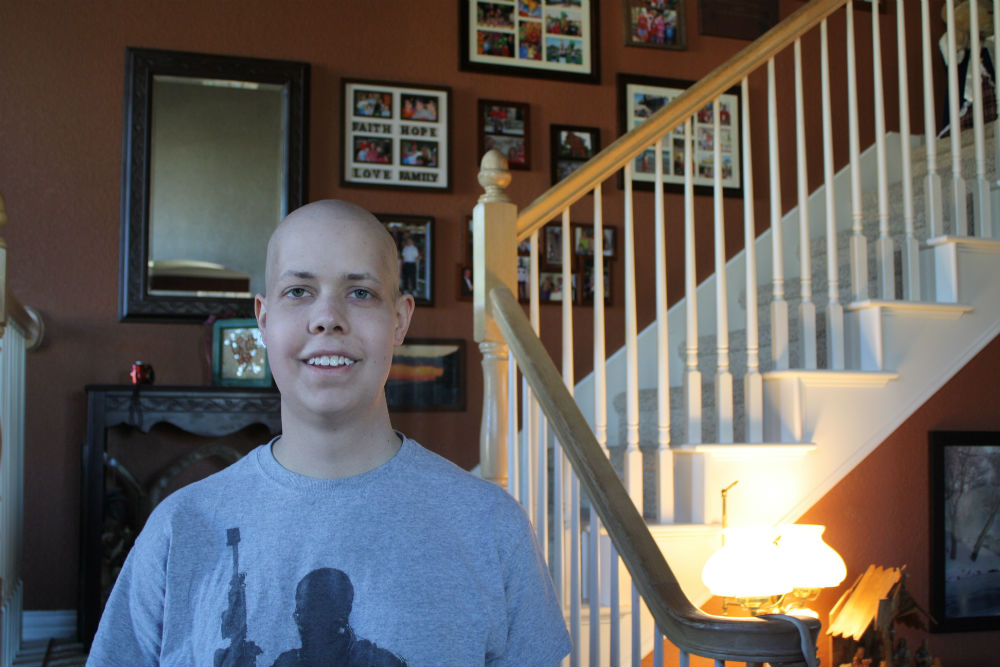
When Kyle Freeland was 10, he was diagnosed with Acute Lymphoblastic Leukemia. In 2013, the cancer relapsed. Photo/Stephanie Kuo
Kyle Freeland already beat cancer once – as a 10-year-old in Wisconsin. He was diagnosed with Acute Lymphoblastic Leukemia, or ALL. He went through nearly four years of chemotherapy and radiation before being declared cancer-free.
Freeland went on to study nursing at Oral Roberts University in Oklahoma – until 2013, when at 19, he got sick again and came home to Murphy in North Texas. Freeland is being treated at Children’s Medical Center in Dallas. And he’s taking online courses to stay on track toward his nursing degree.
I was in nursing school up at ORU in Tulsa and I was in my sophomore year, fall semester, and I found a lump. And that lump turned out to be a relapse of my childhood leukemia.
I had to drop out of school and drop out of my jobs and move back home and lose any sense of independence that I had to re-treat this leukemia, this cancer I thought I had already beaten once.
I had a really good life at college. I had lot of friends. A month or two into my treatment, I realized: ‘Wow. This is gone; they’re all gone. I’m here; I have cancer again. I’m alone.’ … I really don’t have anyone here for me to hang out with or to talk to. It gets lonely sometimes.
I have a specific treatment plan for my type of relapse because it’s so rare. It involves chemo and I had radiation and steroids. Chemo — first off, after you’ve been doing it for a year, you pretty much feel like you’ve been hit by a bus all day and it never goes away, until you’re done with chemo.
When I get the chemo, it honestly feels like I have the really bad flu. I get shaky and tired and cold and generally feel icky. I can get up and walk around about 5 feet and I get tired. And I have to sit down and take an hour break.
My plans for when I am done with treatment — granted I don’t tend to make plans anymore because God has a funny way of changing them — I plan on going back to school, getting my nursing degree and possibly working at the very hospital where I’m being treated at right now.
I take every bad experience that I’m going through as a learning experience, as one more way that I’m going to be able to relate to my future patients.
It’s just been one big learning experience and I still learn stuff every day. I have a feeling that when I get to nursing school that I’m going to be at the top of my game.
In His Own Words: Kyle Freeland
Jocelyne Garcia
‘You get one life and that’s it.’
Jocelyne Garcia was diagnosed with a type of blood cancer called Acute Lymphoblastic Leukemia, or ALL, when she was 12. She finished chemotherapy at Children’s Medical Center in Dallas in 2009 and has been cancer-free ever since. But the disease nearly derailed her hopes of becoming an artist.
Video/Mark Birnbaum
When I was told I had cancer, I didn’t really fully understand it just because of my age. I always feared that I wasn’t going to make it. At the time, I was just really worried about staying alive.
I started losing my hand mobility. I really lost all mobility. I was bed-ridden for a good month. It really hurt to move. Not being able to move my hands fluently was very tough, especially with me being a painter. And holding the pencil itself was hard; keeping a firm grip on a paintbrush was even harder. At first, I was just really frustrated. I would make stuff, and I would ball it up and throw it away because I didn’t like it, and because it didn’t look like what I had been doing. That really scared me because I didn’t want to lose that ability, that magic.
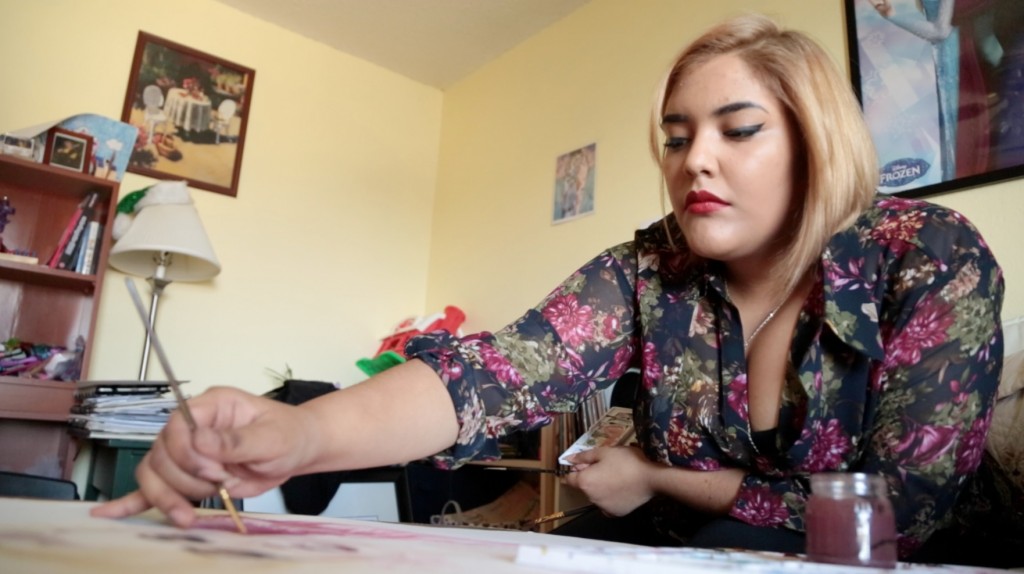
“My artwork really helped me through my treatment just because I could express myself and keep my mind busy too,” Jocelyne Garcia says. Photo/Mark Birnbaum
Art to me is like water to plants, like air to breathe. I have to do it. If you don’t breathe, you’ll die. My artwork really helped me through my treatment just because I could express myself and keep my mind busy too.
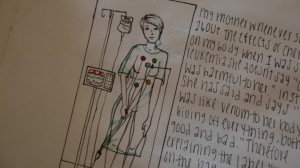
“Art to me is like water to plants, like air to breathe,” Jocelyne Garcia says. “I have to do it.” Photo/Mark Birnbaum
I’ve had time to deal with it, and it used to be that whenever people asked me about my cancer experience and everything I went through, I couldn’t talk about it without crying. It’s gotten easier and easier, you know? You get one life and that’s it.
I’ve seen how art can be a source of inspiration for other young artists as well, to let them know that just because someone tells you, you can’t go to school because there are germs everywhere, or you can’t do this because “X” reason, that if you believe in yourself enough, you can do it. I lost my hand mobility. At the time, I just thought I was a horrible artist, and now, I’m making these pieces that I never thought I would be making at the time I was so sick.
In Her Own Words: Jocelyne Garcia
Ryan Peskey
‘The fact that I had cancer just kind of put my life in perspective.’
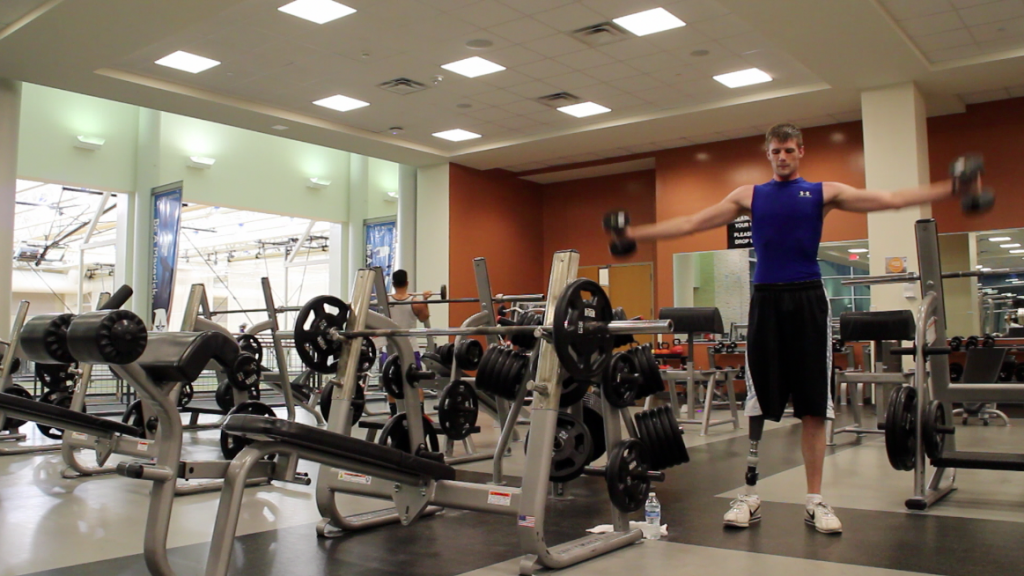
Ryan Peskey, at the Maverick Activities Center at the University of Texas at Arlington, works out six days a week. “Amputees are more active than someone with all of their limbs,” he says. “They have to compensate.” Photo/Mark Birnbaum
Ryan Peskey was 18 and fresh out of high school when he found a small knot on his right knee. In 2010, he was diagnosed with osteosarcoma, a bone cancer. He opted for a procedure to remove the cancer that would also let him keep his leg. But even after the surgery, he could barely walk, and the pain became unbearable. So, last year, the 23-year-old had his right leg amputated. Peskey is studying marketing at the University of Texas at Arlington.
Video/Mark Birnbaum
Leading up to the surgery, I definitely underestimated it. I was all for it just because I had been living with a leg that I couldn’t bend for three years, and it was so frustrating.
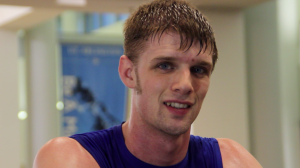
Photo/Mark Birnbaum
I figured it couldn’t be that much worse. But I got out of surgery, and I was pretty depressed for a little bit. It wasn’t until I actually got my prosthetic and saw my leg healing that I started to calm down, saw the light at the end of the tunnel.
When I was first fitted for my prosthetic, it was really just a peg leg. There wasn’t a knee or anything, but even just having that on, being able to stand up, was really amazing.
The fact that I had cancer just kind of put my life in perspective. … I started working out. I had lost a lot of weight during chemo; I was just trying to get back into neutral zone. But since then, I’ve realized how good it made me feel to work out all the time, and I’ve been doing it ever since. I work out six days a week in the morning. … Now, I feel healthier than I ever have.
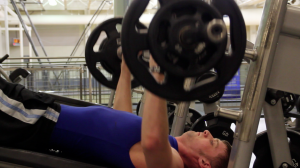
Photo/Mark Birnbaum
All the amputees I’ve ever met are very active. I’ve been playing wheelchair basketball a little bit, and it’s rough. Honestly, amputees are more active than someone with all of their limbs. They have to compensate. Just, honestly, for me, using my crutches, just by that in general, you have to be more active. Getting around the house, doing the simplest tasks takes a lot more energy, so you have to be able to do that. If you don’t have the leg, then you have to use twice as much energy to keep yourself up.
I just really want to experience as much as I can of the world. I want to see everything. I want to do as much as I can, and being able to walk around and work out and be healthy makes it that much easier.
In His Own Words: Ryan Peskey
Desiree Smith
‘God gave me another life when he could’ve given that life to another kid.’
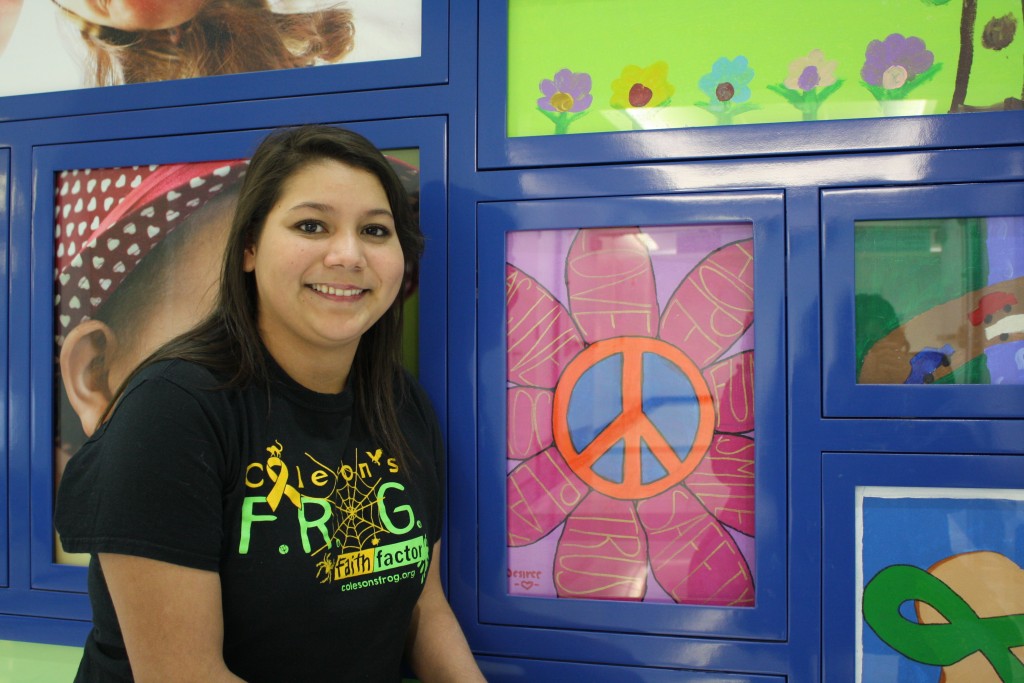
“Life didn’t stop whenever I got diagnosed,” Desiree Smith says. Photo/Stephanie Kuo
Cancer changes lives — and friendships, too. Desiree Smith was 13 when she was diagnosed with Acute Lymphoblastic Leukemia. Smith underwent treatment at Cook Children’s Medical Center in Fort Worth. She’s from Abilene, so she lived in the Ronald McDonald House for a year during her treatment. Smith says she lost most of her friends, including one she made while she was in the hospital. Smith, who’s now 16, has been cancer free for three years.
We were about the same age, and she would always talk to me everyday. While she was on the other side of bone marrow, I was on the bone marrow side. She knew that she had to eventually go back there and do it herself. She told me that I was her role model and that she thought that she would be able to make it because I was being strong, and I showed her that if [she was] strong, she could survive as well. But she got really sick, and she wasn’t able to handle the cancer. And she ended up passing away.
Life didn’t stop whenever I got diagnosed. When I went back to trying to be a normal teenager, I realized that everybody had moved on with their life. Nobody was really the same person that they were whenever I first got diagnosed. It was pretty hard for me — it still kind of is — because the teachers don’t seem to understand what the actual problem is. Even though they don’t see any physical illnesses, they think, “Oh, she’s OK,” but deep down inside, there could be so much going on and they don’t know what’s happening. It kind of made me feel sad, forgotten about, invisible at times. But I guess that happens to every one of us.
It’s getting easier little by little. I’ve just learned to take it day by day. You deal with so much with treatments, and you get so tired, and at times, you just want to give up because you’re just tired of having to fight. But God gave me another life when he could’ve given that life to another kid. I believe that he gave me something that most people couldn’t handle, but he knew that I could handle it. So that’s why he gave me this kind of a rough patch, and I could handle it.
In Her Own Words: Desiree Smith
Profiles produced by Stephanie Kuo

